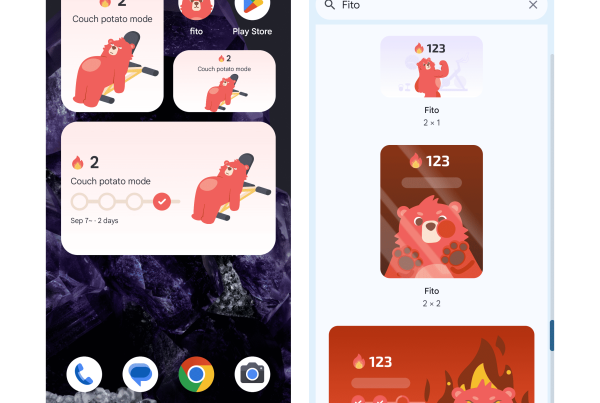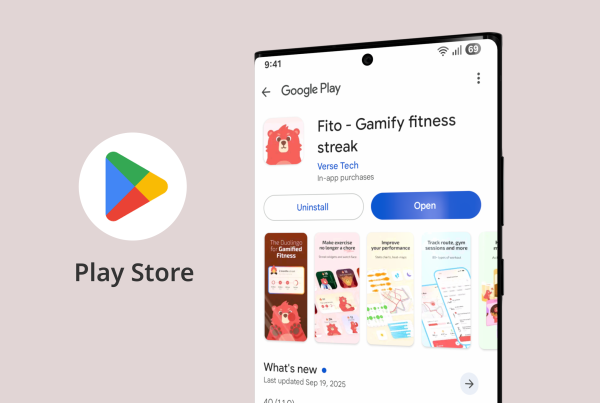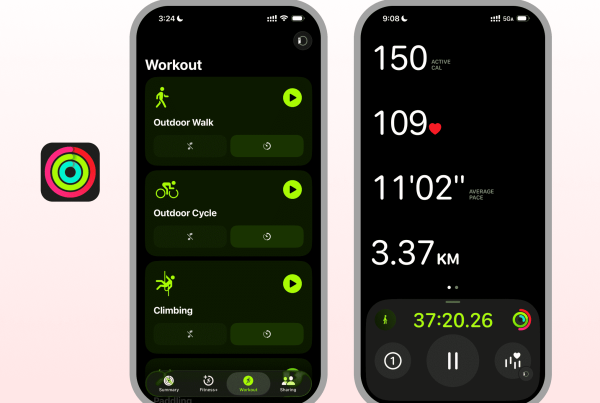Начинать заниматься спортом и пользоваться фитнес-приложениями для новичков может оказаться непосильной задачей: новый распорядок дня, незнакомые инструменты отслеживания и мотивация, которая ослабевает после первой недели. Хорошая новость: с помощью нескольких практических советов и правильных приложений новички могут создать устойчивую динамику, не изобретая велосипед. Вот пять полезных советов, а также обязательные типы фитнес-приложений, которые помогут вам на каждом этапе вашего пути.
Совет 1 - Начните с небольших, последовательных целей
Почему это важно: Большие цели вдохновляют, но часто оказываются неустойчивыми. Небольшие, повторяющиеся победы укрепляют уверенность в себе и долгосрочную приверженность.
Как применять: Выбирайте скромные, измеримые цели (например, 20 минут активности 4× в неделю или ежедневная 30-минутная прогулка). Отслеживайте такие периоды, как duolingo а не совершенства.
Обязательное приложение: Приложение для отслеживания привычек или полос (или приложение вроде Fito), которое геймифицирует непрерывность и демонстрирует прогресс на протяжении недель и месяцев.
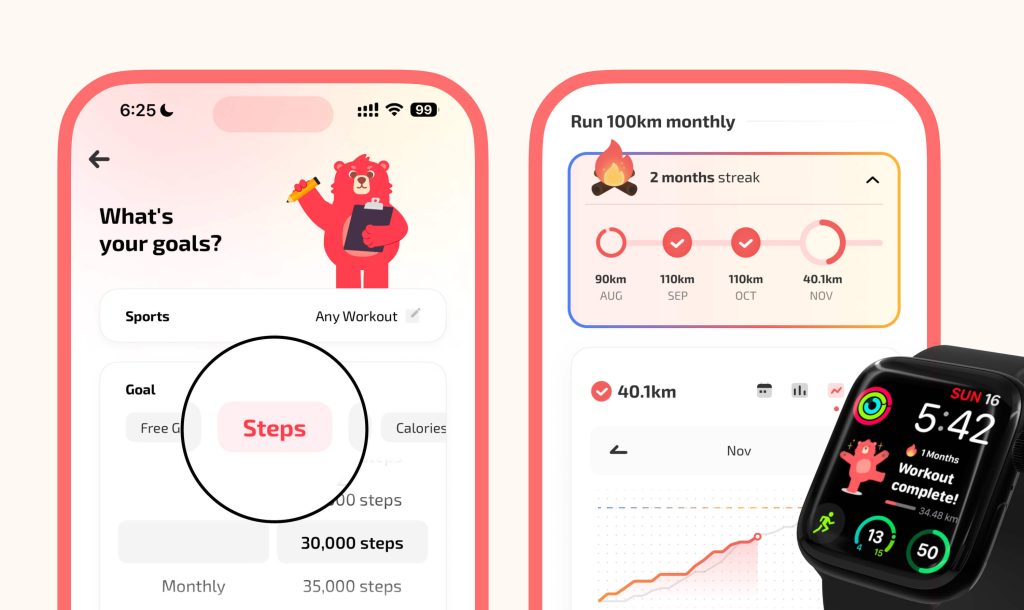
Совет 2 - выбирайте тренировки и фитнес-приложения для начинающих, которые соответствуют вашей жизни и энергии
Почему это важно: Вы с большей вероятностью будете придерживаться занятий, которые вам нравятся и которые легко вписываются в ваш график.
Как применять: Чередуйте виды тренировок (например, бодрую ходьбу, езду на велосипеде, силовые тренировки или циклы с использованием массы тела), чтобы тренироваться в течение нескольких дней и не перегореть.
Обязательное приложение: Многорежимный трекер для тренировок, который поддерживает бег/велосипед/ходьбу/силовые нагрузки и позволяет легко переключать фокус.
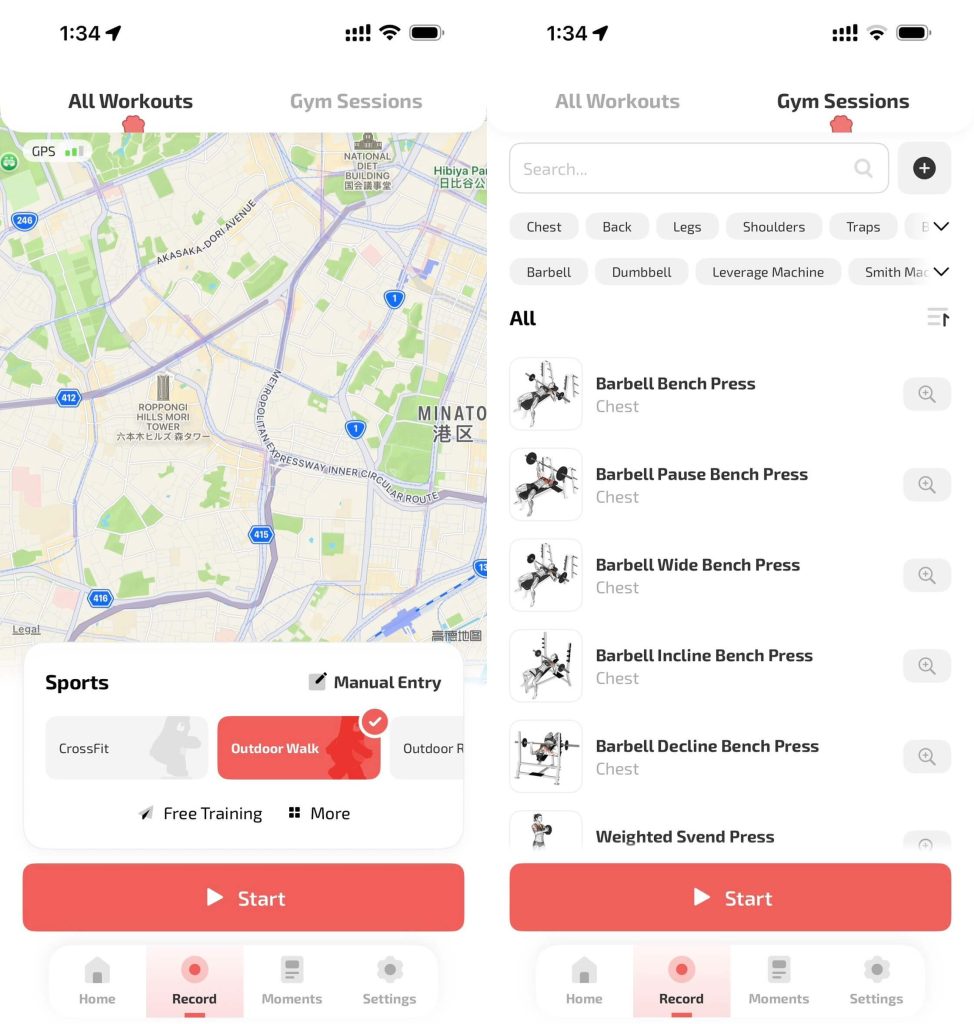
Совет 3 - Используйте геймификацию и социальную ответственность
Почему это важно: Внешние сигналы - вознаграждение, дружеское соревнование и социальная похвала - значительно повышают приверженность.
Как применять: Используйте приложение, в котором есть стримы, симпатичные/ободряющие аватары, карточки достижений и простой социальный обмен с друзьями.
Обязательное приложение: Мотивационный трекер (пример - Fito) с аватарами, карточками достижений и возможностью поделиться с друзьями, чтобы ваш прогресс был веселым, а не карательным.

Совет 4 - Отслеживайте значимые показатели, а не просто цифры
Почему это важно: Сырые цифры полезны, но гораздо более ценными являются сведения, которые выявляют тенденции и направляют принятие решений.
Как применять: Отслеживайте активные калории, продолжительность тренировки, ее частоту и показатели, связанные с конкретными упражнениями (повторения/сетования, расстояние, темп). Просматривайте еженедельные и ежемесячные тенденции, чтобы скорректировать свой план.
Обязательное приложение: Фитнес аналитика Приложение, которое визуализирует тренды (тепловые карты, сравнение за неделю, объем по упражнениям) в удобном для восприятия виде.
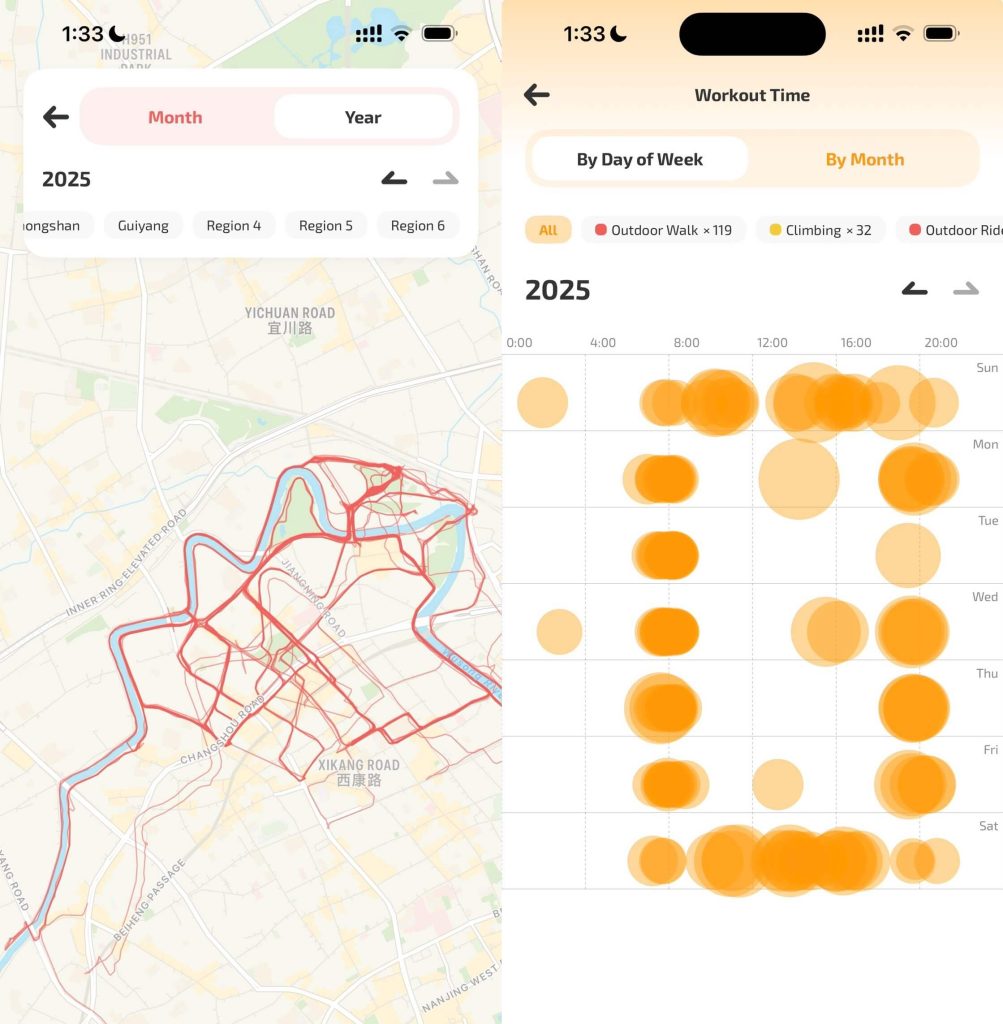
Совет 5 - честно регистрируйте пропущенные или не отслеженные тренировки
Почему это важно: Устройства выходят из строя, и в жизни случается всякое. Ручное ведение журнала тренировок позволяет сохранять результаты и дает полное представление о тренировках - но будьте честны.
Как применять: Если ваши часы сдохли или вы забыли устройство, вручную добавьте сегодняшнюю или вчерашнюю сессию с реалистичной продолжительностью и активными калориями.
Обязательное приложение: Приложение, которое позволяет вводить данные о тренировках вручную и синхронизируется с Apple Health, чтобы ваши кольца активности и панель здоровья оставались точными.
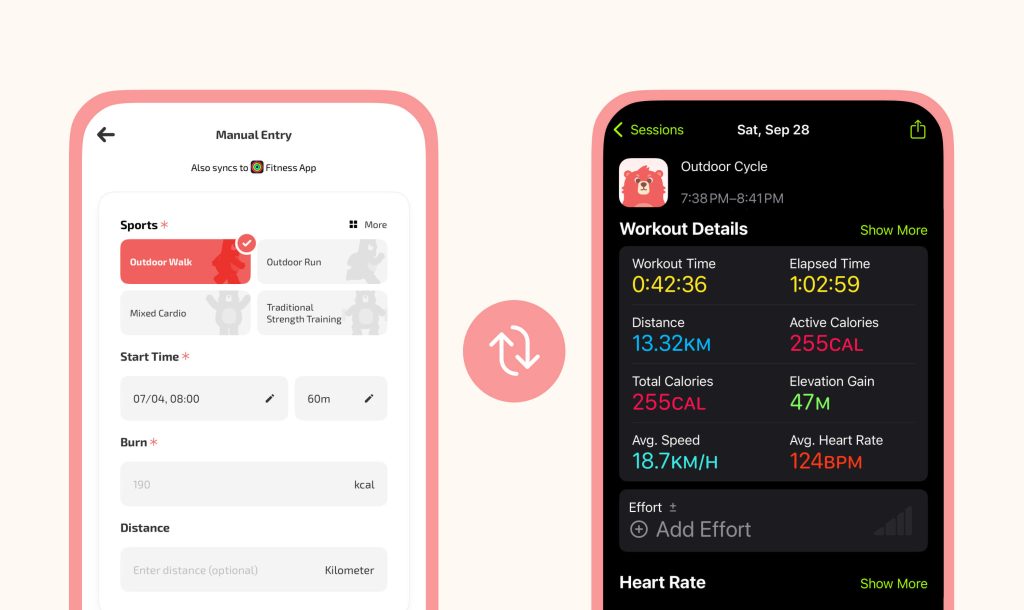
Бонус: практический список функций приложений для новичков
- Простая регистрация и четкие разрешения (интеграция с Health/Fit)
- Ручной ввод тренировок и простое редактирование (сегодня/вчера)
- Поддержка нескольких видов спорта (ходьба, бег, езда на велосипеде, силовые нагрузки)
- Мотивационные функции (аватары, карточки достижений, виджеты, циферблат часов)
- Обмен информацией в социальных сетях, таблицы лидеров или группы поддержки
- Понятная и удобная аналитика (графики трендов, сравнение прогресса).
- Щедрый бесплатный уровень, чтобы вы могли попробовать, прежде чем подписаться.
Окончательная рекомендация
Если вы только начинаете, выберите одно хорошо продуманное приложение, которое охватывает отслеживание, мотивацию и аналитику (например, Fito). С его помощью устанавливайте небольшие еженедельные целиАвтоматизируйте отслеживание, когда это возможно, и регистрируйте занятия вручную, если устройства не работают. В паре с силовым приложением или библиотекой управляемых тренировок (с весом тела или программами сопротивления для начинающих) обеспечьте сбалансированный прогресс. Придерживайтесь механики формирования привычек - и отдайте должное постоянству, а не совершенству.
Начните уже сегодня: выберите скромную цель на неделю, установите приложение для отслеживания с удобным интерфейсом и отпразднуйте свою первую полоску. Маленькие победы перерастают в настоящую физическую форму.

